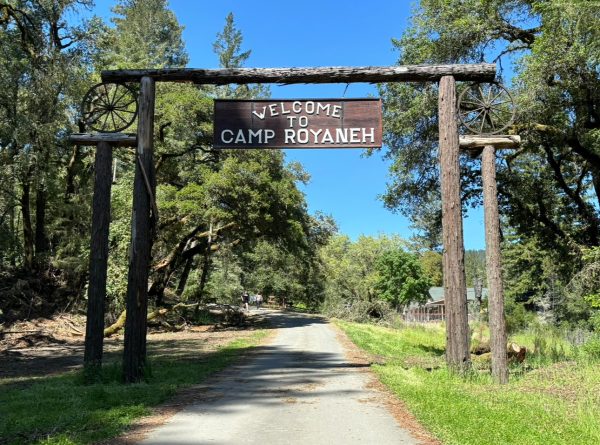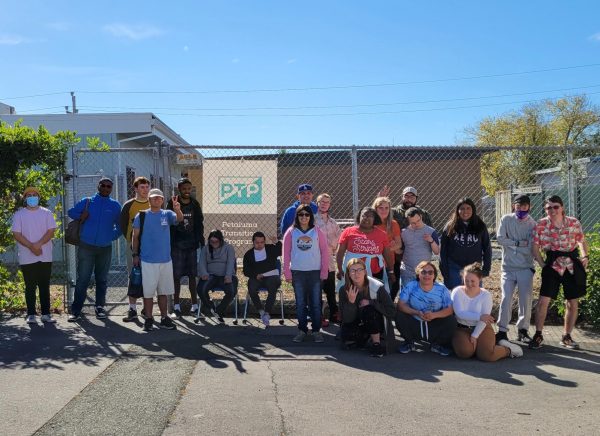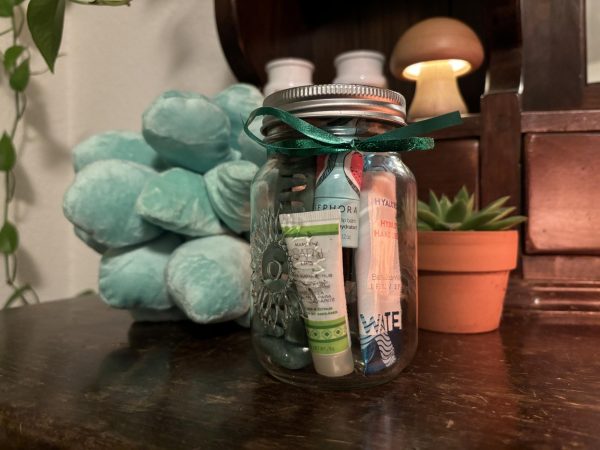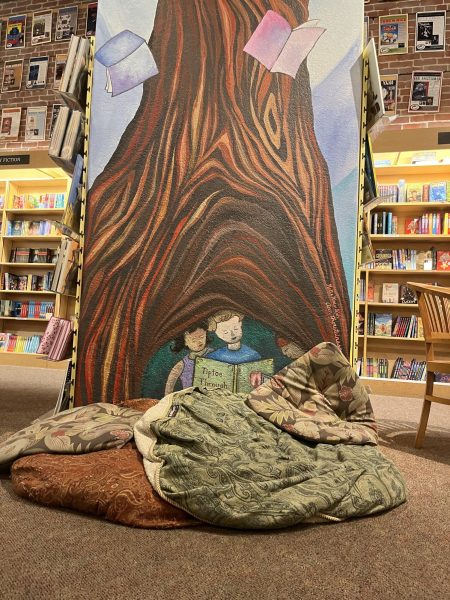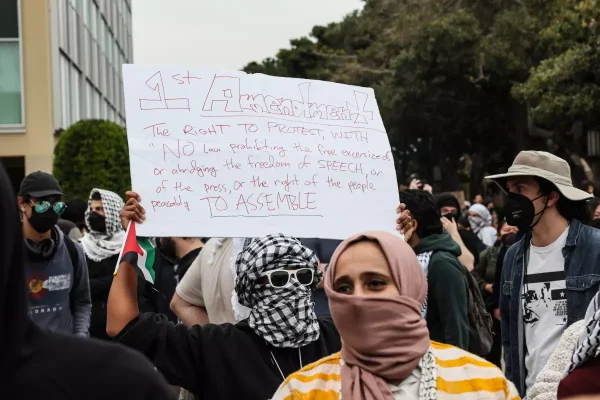An Alternate Path For Discipline
Traditional methods of discipline in school systems often don’t work, but restorative justice practices bring a fresh, more constructive approach to punishment.
Restorative justice encompasses many things including communication circles, collaborations between various organizations, alternate pathways to student punishment, and any number of ways to implement these ideas. It is impossible to define restorative justice as any one program or practice, but no matter where or how restorative practices are used the goal is the same: to give at-risk students the support they need to prevent them from committing crimes or offenses. This method also takes the achievement of this primary goal one step further by remaining in contact with any kids who commit offenses and giving them the opportunities to right their wrongs. Whether it is by inciting communication between those who have been wronged and the kids who have hurt them or helping restore building that one has vandalized, the ideal ending to any conflict is to foster understanding of each others perspectives. This is incredibly important for many young kids who find themselves in trouble because often it is a manifestation of social or emotional conflicts that the students are struggling to cope with. By providing a platform for kids to be open about their own shortcomings, mistakes, and needs, a chance for growth is possible. In a big picture sense, restorative practice is all about preventing the stream of events that take kids from minor offenses all the way to juvenile hall or prison without relying on the traditional methods of punishment.
The strength of using restorative practice in replacement of normal disciplinary actions is apparent for many districts that have begun to use it. In a 2015 study of restorative justice in schools in Oakland, the success of the program was seen by substantial and sustained decreases in dropout rates and expulsions as well as overall behavioral changes within the student body. In addition to this, these practices inherently helped combat unnecessarily harsh disciplinary policies that often disproportionately affect students of color.
Senior Maria Cruz, after learning about the program through the Petaluma Police Department, decided to bring the conversation about restorative justice to Casa’s campus as her senior project. On Wednesday Apr. 17, she brought together a panel of community leaders to help educate and inform members of the student body. This panel included study skills teacher Kelly Rankin, Petaluma Police coordinator Jennifer Pitcher, district disciplinarian Dave Rose, Advocacy Program Director Deborah Dalton from Mentor Me, and multiple others who each voiced their opinions, ideas, and perspectives about the use of restorative practices within the Petaluma district. Although not always apparent, restorative practice has has a large impact on the educational community in Petaluma. It has lead to the use of alternative schools, the participation of the Petaluma Police Department, and frequent referrals to Mentor Me, a program that connects youth with successful, stable adults to help guide them through adolescence and young adulthood. All of these resources together have begun to change the relationships between school administration, students, law enforcement, and the greater community as a whole.
By changing the way that authority figures in schools react to kids actions and consequently changing the way punishment is pursued, restorative justice is the key to building a broader sense of community within schools and homes. For the many kids who act out because of their own pain or insecurity, it holds them accountable for their behavior while also giving them a chance- a chance to speak, a chance to listen, a chance to understand, and a most importantly a chance to be understood.


